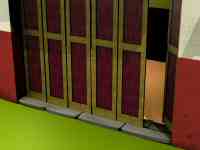
Figure 31. Doorway of room 2 with sliding wooden partitions
Thresholds for Pompeiian commercial properties are found all across the city but the perishable elements of them are less well attested. The groove of the threshold implies some kind of wooden partitioning and the flat section seen in room 2 suggests the presence of a door. It may be that a series of flat wooden partitions fitted into this groove (Figures 31 & 32) however another plausible method could be the use of a kind of concertina door that folds up to the north side of the doorway (Figure 33). This would need pegs attached to the bottom and top of the wooden panels to ensure the panels stayed in place (Figure 34). This would also require some kind of groove at the top of the doorway. This type of concertina arrangement can be seen in the Villa of the Mysteries, just outside the walls of Pompeii (Figure 35), albeit in a large window rather than a doorway. The concertina door arrangement can be demonstrated by building a replica (Figure 36) but computer models provide a more flexible alternative.

Figure 31. Doorway of room 2 with sliding wooden partitions
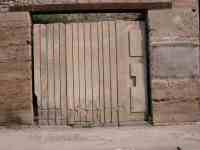
Figure 32. Cast of the void left by wooden partitions at a shop on the Via Abbondanza (© David Rider, used with permission)
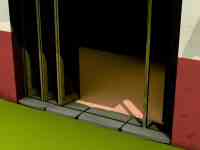
Figure 33. Concertina door to room 2
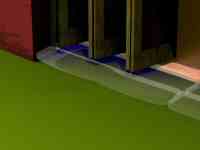
Figure 34. Closeup of the threshold with concertina door
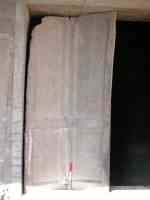
Figure 35. Cast of the wooden shutter of a window in the Villa of the Mysteries. Note the remains of an iron hinge at the base of the join (© David Rider, used with permission)
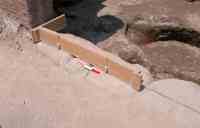
Figure 36. Cardboard model illustrating concertina door by more low tech methods (© David Rider, used with permission)
© Internet Archaeology
URL: http://intarch.ac.uk/journal/issue23/3/howfrontshop.html
Last updated: Tues Feb 5 2008